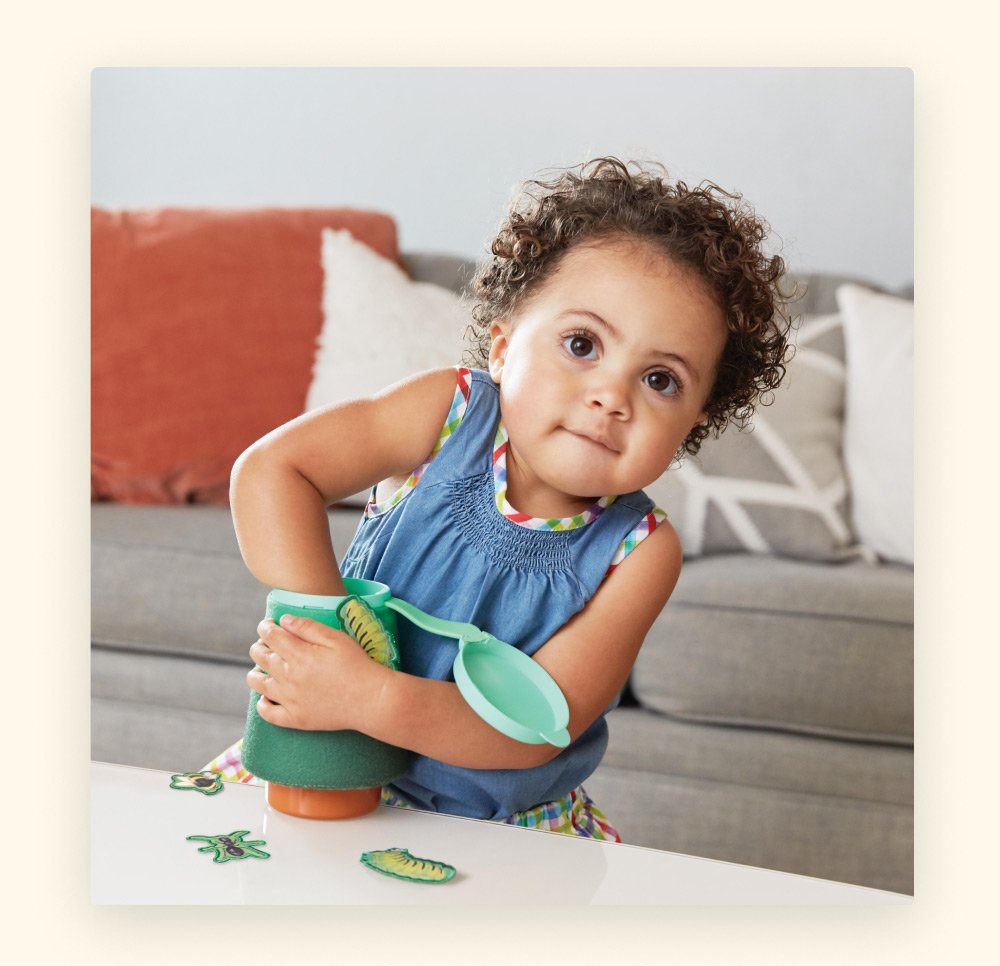Indoor STEM activities for your budding scientist

Young children make sense of the world by asking questions, performing experiments, and testing the rules that govern them. STEM activities give your child opportunities to experiment with physics, tools of technology, building and engineering, and early math concepts.
Dr. Sarah Lytle of the University of Washington recommends taking an inquisitive approach—rather than a narrative one—to support your child’s logic and problem-solving during STEM play. Asking questions like “what do you think will happen when…?” pushes your child to think outside the box and lead the interaction.
Try these 6 STEM activities for young children at home:
Exploding lemon
You probably already have the supplies in your kitchen for this experiment: lemons, dish soap, and baking soda. Let your child explore the materials with their senses first, and talk about the smells and textures. Before adding the dishsoap and baking soda to the lemon “mountain,” ask your child what they think will happen. Then, watch as the “volcano” erupts 😉
Roads and tape playscape
Involve your child in creating a network of roads for their toy cars, animals, or people. Let them help map out the cityscape and add elements like block tower buildings and arching bridges. This is great for pretend play and also supports the kind of creative thinking and problem-solving used in engineering.
Math is everywhere
Just like language, math is all around us; look for ways to incorporate it into your daily routines. You can explore the concepts of “more” and “less” by comparing your glass of water to your child’s, or practice one-to-one correspondence by having your child take eggs out of an egg carton. Enumerate, or count what you see — cars passing by, petals on a flower, blocks in a tower — to help your child understand the meanings of number words.
Blocks

Blocks are inherently mathematical—the ultimate STEM plaything—with elements of geometry, patterns, fractions, and symmetry built right in. Building and stacking allows your child to experiment with hypothesizing, trouble-shooting, and problem-solving. When the blocks topple, your child learns about the stability of the structure they built, and how gravity affects it.
Sorting
Sorting is another foundational math skill, which helps young children recognize patterns in the things they see, hear, and feel. Start by choosing objects that are exactly the same except for one attribute, like their color or their size. For example, give your child a combination of both black and white beans and have them sort the beans by color. For a challenge, mix the beans back together and add a new kind of bean that’s noticeably larger. Then, have your child sort by size: now the black and white beans are in one pile, while the larger-sized beans are in the other. Switching between these two types of sorting is a challenging executive function exercise.
Math beyond numbers
Comparisons, measurements, and spatial awareness are all mathematical concepts your child has been working on since they were born. Questions like “which rock is heavier, this one or that one?” help them compare and draw conclusions. Your child might love to track their growth on a chart or with old fashioned markings on a door jamb. Let your child climb in and out of boxes, on and off the couch, and over and under chairs to learn about the spatial relationships between objects.
Keep reading

3-year-old
Welcome to the Play Kits for 3-year-olds
Welcome to the “year of the self.” At age 3, your child is beginning to understand that they’re a distinct individual. They may start to use the pronoun “I” and express strong preferences about everything from food to clothing. They’re likely more aware now of both their own emotions and the feelings of others. You … Continued

25 - 27 Months
28 - 30 Months
31 - 33 Months
34 - 36 Months
How to give your 2-year-old logical consequences
Your toddler is slowly learning that their actions have consequences. When you give and explain appropriate consequences, they’ll start to understand what they can and cannot do.

25 - 27 Months
28 - 30 Months
31 - 33 Months
34 - 36 Months
Why to set limits with your toddler, even when it’s hard
When your toddler tests boundaries, you may wonder what you’re doing wrong. Remembering these 3 toddler truths can help.

